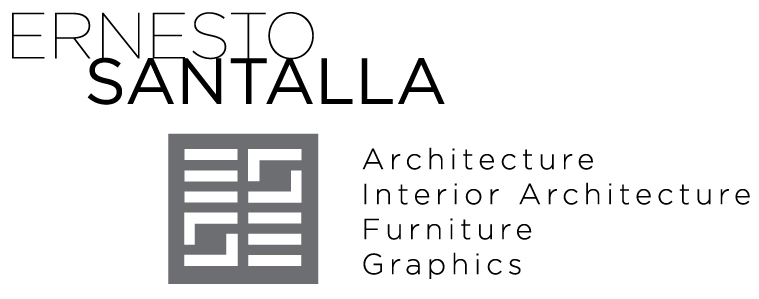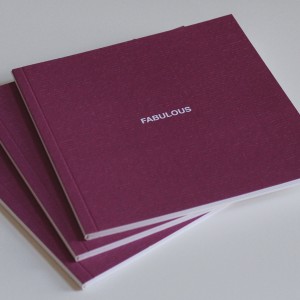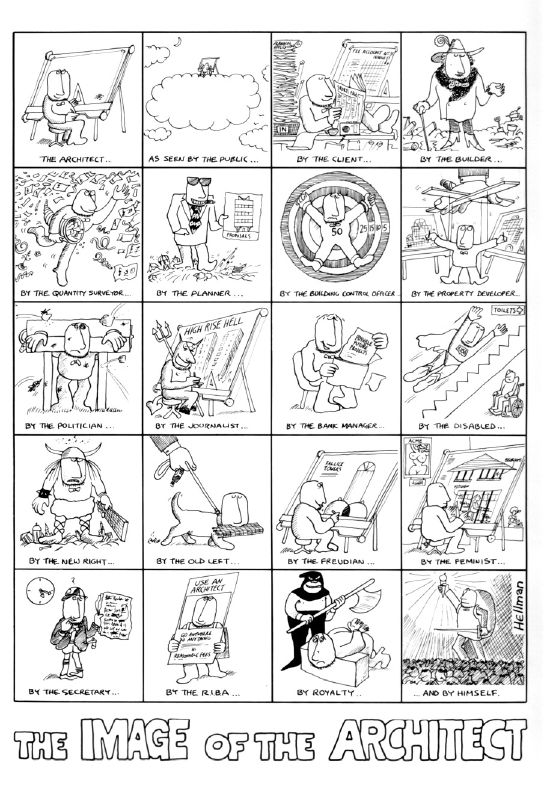Electronic check-in and boarding passes? Good design.
Not enough space on a form to enter an email address? Bad design.
Rubber shoe covers? Good design.
The Ford Pinto? Bad design.
Everything we use has been designed. Sometimes it’s effortless to the point we take it for granted and then there’s the day the release latch on the umbrella is stuck and it’s pouring rain. What is the criteria to distinguish a good design from bad design? First, it must provide a viable solution to a need or desire. Next, it must serve its intended purpose. And finally, it must withstand its usable life cycle.
When it comes to architectural design, the criteria is simultaneously easier and more complex because of all the possible permutations of a single idea. I’ll use some of Studio Santalla’s projects to discuss the concept.

This is a 5 ft x 7 ft bathroom. It’s used just about everywhere in the US; it’s the standard when planning a bathroom. Does it provide a viable solution? Yes; and it works for its intended purpose and with proper care it will last for years. It’s a space efficient design. But is the instance shown in the photo a good design? No.






